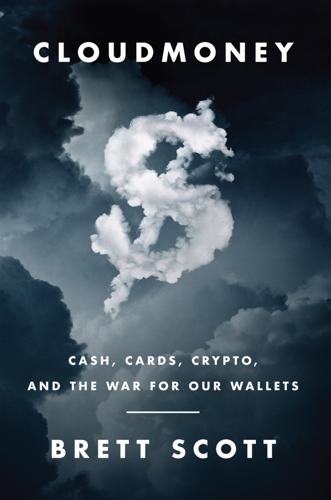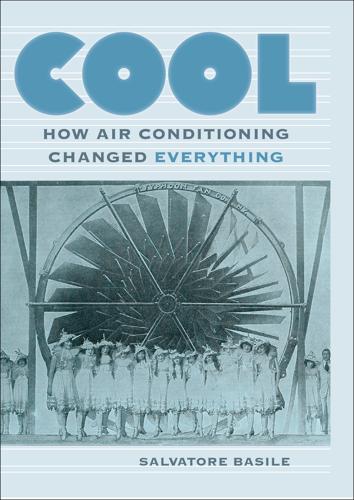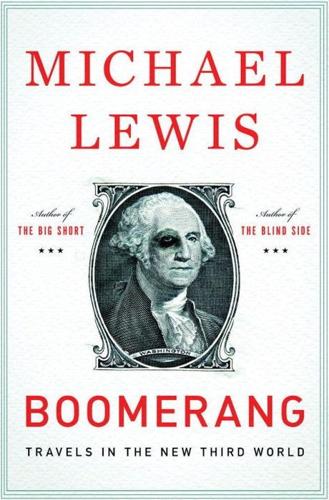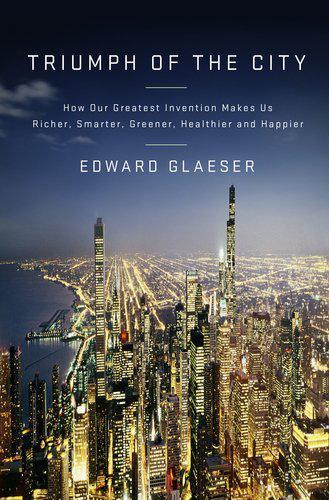
Cloudmoney: Cash, Cards, Crypto, and the War for Our Wallets
by
Brett Scott
Published 4 Jul 2022
Nobody uses a thirty-fifth floor office to hand-make bread from stone-ground flour, for example, but they will use it to write mega-bets on the global price of wheat, to be used for transnational wheat risk-management, or for speculation. London is not the only place where these skyscrapers rise. They rise anywhere the lords of finance gather, whether it be Singapore, New York, Shanghai, Tokyo or Frankfurt. One of the most iconic skyscrapers in Frankfurt is the Commerzbank Tower, and I remember snapping a shot of it late one night as a security guard watched me from inside. The immense tower brought to mind the fortress of the sorcerer Saruman from The Lord of the Rings, its sheer wall ascending to a rooftop citadel shrouded in ghostly yellow from powerful spotlights.
…
Every element of these buildings – from the security gates to the one-way glass panes that glint in the sun – is designed to exude a sense of impenetrable power. The architecture echoes our relationship with high finance; most people stand beneath these monoliths, on the outside looking up. But, inside, the Commerzbank Tower has a secret: a men’s toilet in which a line of ceramic urinals are positioned to offer a panoramic view over the city, so that those inside can gaze down on the people going about their lives as they take a piss. A fitting image of condescending bankers looking down on the world while metaphorically urinating on it?
…
picture alliance / dpa | Boris Roessler All of us, in the end, are local and communal creatures, and even the highest-flying bankers would lose the will to enter these cold towers if they had no friends, family, pets or community to return to each evening. Nobody wants to cuddle up in bed in the Commerzbank Tower, and you cannot smell or hear the distant activities you see from its fiftieth floor. Skyscrapers are not a natural habitat for warm-blooded humans. They are, however, a natural habitat for corporations, if we were to conceive of those as self-contained living entities. Corporations feel very much at home in steel towers, perceiving the people seen from their fiftieth floor as mere data points to process through spreadsheets.

Cool: How Air Conditioning Changed Everything
by
Salvatore Basile
Published 1 Sep 2014
And the building surprised its admirers when it was placed on a “Dirty Dozen” list of distinguished London buildings that failed to hold their heat during the cold months. Still, it was viewed as a possible step in the right direction. In the meantime, the steel-and-glass building proved that it could use its resources more efficiently when Frankfurt’s Commerzbank Tower opened in 1997. This “ecological skyscraper” was a remarkably sensitive one in terms of its energy use. It even had windows that could open. “The tallest naturally ventilated building in the world” was designed to take full advantage of the outside atmosphere. For maximum airflow, it was designed with an atrium running up its entire fifty-six stories.
…
While the Chicago Tribune wasn’t bowled over, either by the architecture or by the temperature control (and it snickered that the designers had perhaps gone overboard on the ecology, as the restroom washbasins supplied only cold water), it admitted that the Tower “demonstrates, as only a major monument built by a major corporation can, that the fledgling movement known as Green Architecture has moved decisively into the mainstream.” Before the Commerzbank Tower had even opened, it was being oneupped in New York by Four Times Square. When it opened in 1999, neither its 48-story height nor its steel-and-glass modernism was out of the ordinary; but as “the world’s first green skyscraper,” it was an absolute sensation. The exterior was clad in high-performance glazing that “let in light without affecting inside air temperature”; the top 19 stories contained solar panels to generate electricity; and when it came to air comfort, Four Times Square, which would have to contend with far hotter summer weather than any building in Frankfurt, went the distance.
…
See also Buffalo Forge Company Carter, Jimmy, 232–235, 234 Case Study House Program, 189–190 Century Club, 65 Chicago Public Library, 61, 211 Chicago Stadium, 202, 203 Chicago Telephone Company, 58, 60 chlorofluorocarbons, 235 Chrysler Building, 170, 215 Chunnel, 238 church faint, 13, 13n Churchill, Winston, 182 Cité de Refuge, 173, 211 City Ice and Fuel Company, 185 Cleveland Trust Company, 70 climate change. See global warming Clinton, Bill, 238 clothing and fashion, 3, 7, 9, 14–15, 16 Cobb, Irvin S., 201 Colorado Automatic Refrigerating Company, 51 Columbia University, 70, 225 Commerzbank Tower, 245–246 compressors, 2, 23, 24, 35, 138, 144–145, 148, 165, 184–185, 187, 242, 255 computers, 215n, 240 Conn, C. G., 184 Consolidated Edison, 198, 228 Coolidge, Calvin, 141 cooling machines, 37, 38, 40, 43, 47, 48, 50, 96, 102, 105, 106, 113, 119, 120 Coolrest (also Koolrest), 152–153 coolth, 88, 115, 178, 186, 196, 204, 206, 241 Copeland, Royal S., 140 Corey Hill Hospital, 174 Cornell University, 65, 89 Medical College, 65, 66 Coty, 184 Covent Garden, 6 Cramer, Stuart, 92 Crosley Radio Corporation, 153 crowd poison, 15, 23 Crystal Palace (New York), 34 cupola, 14 Curtis, Charles, 178 d’Este, Beatrice, 17 Da Vinci, Leonardo, 17 Daily News Building, 173n Davenport, Marcia, 202 Davis, Jeff, 55n Davy, Humphry, 17–19 Deeds, Edward A.: Lotosland, The, 147 Denol Germicide, 108.

Boomerang: Travels in the New Third World
by
Michael Lewis
Published 2 Oct 2011
COMMERZBANK WAS THE first private bank that the German government had to rescue during the financial crisis, with an injection of $25 billion, but that’s not why it had caught my attention. I’d been walking around Frankfurt one night with a German financier when I noticed the Commerzbank building on the skyline. There’s a law in Germany prohibiting buildings higher than twenty stories, but Frankfurt allows exceptions. The Commerzbank Tower is fifty-three stories high and unusually shaped: it resembles a giant throne. The top of the building, the arms of the throne, are more decorative than useful. The interesting thing, said the German financier, who visited often, is the glass room at the top, from which one looks down over Frankfurt.

Triumph of the City: How Our Greatest Invention Makes Us Richer, Smarter, Greener, Healthier, and Happier
by
Edward L. Glaeser
Published 1 Jan 2011
Census Bureau, Current Housing Reports, American Housing Survey for the United States: 2007, H150/07, Sept. 2008, www.census.gov/prod/2008pubs/h150-07.pdf, table 1A-1. 203 Ebenezer Howard . . . made Ruskin’s vision concrete: It was originally published under the title Tomorrow: A Peaceful Path to Real Reform. 203 the Green Belt is hardly within walking distance: Estimated using Journey Planner on www.tfl.gov.uk/tube. 203 Olmsted specialized in bringing bucolic vistas: Rybczynski, Clearing in the Distance. 205 five new buildings opened that soared above 849 feet: Empire State Building, 1931; Chrysler Building, 1930; American International Building, 1932; Trump Building, 1930; and GE Building, 1933. Emporis.com, www.emporis.com/en/wm/ci/bu/?id=101028. 205 tallest skyscraper in Western Europe today: The tallest building in Western Europe, at about 849 feet, is Commerzbank Tower, in Frankfurt, Germany. Emporis.com, www.emporis.com/en/bu/sk/st/tp/ct/?id=100001. 205 that tall for another thirty-six years: The Chase Tower, in Chicago, 849 feet, was built in 1969. Emporis.com, www.emporis.com/en/bu/sk/st/tp/wo. 205 Global temperatures have been rising continuously: Archer and Rahmstorf, Climate Crisis, 3, 41. 206 carbon inventory of new housing: Glaeser and Kahn, “Greenness of Cities.”

City: A Guidebook for the Urban Age
by
P. D. Smith
Published 19 Jun 2012
By then Shanghai may even become the city with the most high-rise buildings, a record currently held by Hong Kong, which has about 7,600. These cities reveal the shape of things to come for much of the urban world. As global population rises steadily, growing urban populations will need to be accommodated with the minimum impact on the environment and the planet’s scarce resources. Architect Norman Foster, whose Commerzbank Tower (1997) in Frankfurt, Germany, was the first skyscraper designed according to ecological principles, believes that high-density, high-rise living is essential: ‘We need skyscrapers.’109 Aerial view of Venice and the Grand Canal. A Japanese businessman walks past the falling arrows on the Nikkei stock exchange index board in downtown Tokyo in 2008. 6 Money Markets At the heart of the town where I grew up was a field of cobblestones, worn smooth by generations of feet.

Germany
by
Andrea Schulte-Peevers
Published 17 Oct 2010
The 53rd floor has a cocktail bar ( 5.30pm-1am, to 2am Fri & Sat, often closed for private events); you have to reserve ahead for the restaurant. From the platform, to the southeast you can see the medieval-style Römerberg, reconstructed after the war; beyond it, across the river, is Sachsenhausen. To the north and northeast is the banking district, with its ever-changing vista of towers. The Commerzbank Tower, Europe’s tallest office block at 258m high (298m including the antenna), stands aloof at Kaiserplatz. Off to the west is the 256m-high Messeturm, which locals call the Bleistift (pencil). ALTSTADT The Frankfurter Dom (cathedral; www.dom-frankfurt.de, in German; Dom/Römer officially 9am-noon & 2.30-6pm, often opens earlier, closes later & stays open at noon), one of the few structures to survive the 1944 bombing, is dominated by an elegant, Gothic-style tower (95m), begun in the 1400s and completed in the 1860s.